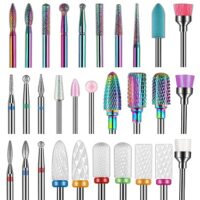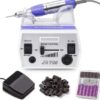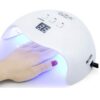We like having our nails done, more than anything. It is a kind of therapy for many, whether they do it themselves, have a friend do it, or have it done professionally. There’s something about having beautiful nails that makes you feel more confident.
Beautiful nails transform our look just in secs. But that comes with a price. From nail drilling to buffing and having overlayed heavy product that is not at all natural on nails, might keep you thinking about whether this is a good idea!
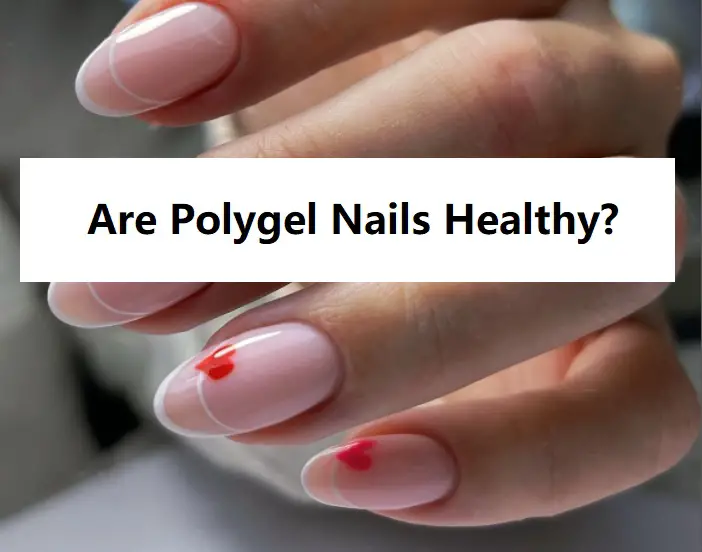
Polygel is one such manicure system but with a very simple application process, unlike acrylic. However, that does not guarantee its safety. In this article, I will present you with a detailed outlook on the safety of Polygel nails while comparing them with other popular manicure systems.
The Safety of Polygel Nails
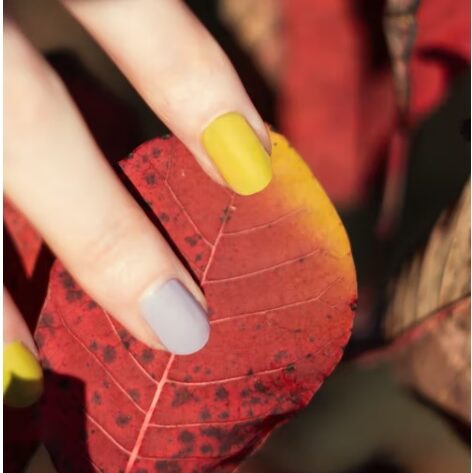
Polygel is so light that you won’t even know you’re wearing it! It does not imply that it is less durable; in fact, it is more durable than hard gels and far more flexible than acrylics, and it will not lift. Are they, however, secure?
It is not about if Polygel is secure or not, it is more about if it is healthier than other manicure systems. Because every manicure product in the market is unnatural and filled with chemicals.
So if you want a manicure you can’t avoid chemicals. That’s why we will discuss here more about the safety of Polygel nails as compared to other popular manicure systems.
Before that let’s understand what Polygel nails are made of.
What are Polygel Nails?
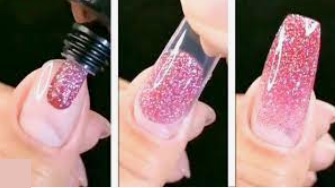
Polygel nails have a combination of acrylic and hard gel nail enhancements that are more versatile than acrylics and much more lasting than hard gel.
You don’t need to compromise between strength and adaptability with Polygel nails. These fingernails are malleable and can be sculpted to achieve the exact look, thanks to a Gelish combination of acrylic powders and clear gel.
Polygel may be used as an overlay and sculpted to create a whole set of unique nails by Nail Pros. Polygel colors come in various colors and maybe layered or combined with gel polish to obtain the exact tone.
Your tech will use a UV or LED light to establish the color(s), pattern, and form after they’re in place.
Acrylic Vs. Polygel Vs. Gel Nails
Is Polygel a superior material to acrylic or normal gel? You might not be aware of the distinctions between these three alternatives if you’re new to nail enhancements. That’s fine! You can use them for fills, toppings, and extensions in the same way. They may also be molded and styled in multiple fashions, from a simple French manicure to a stunning, one-of-a-kind piece of art. Here’s what distinguishes each of them:
Polygel
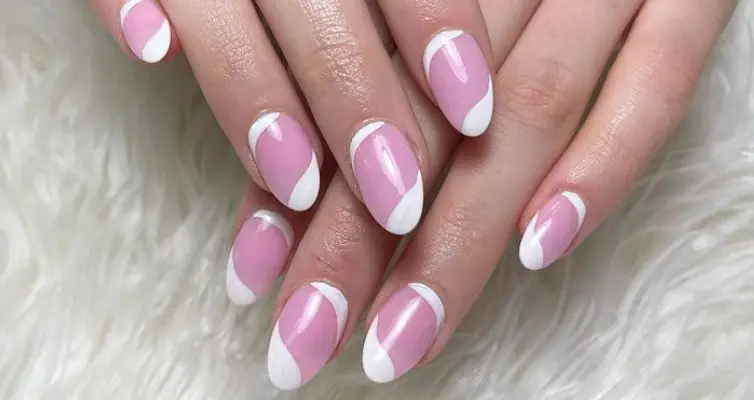
The ideal mix of strength, weight, simplicity of application, and adaptability is present in Polygel nails. They don’t need monomers or nasty chemicals to cure, and they use UV or LED lights to do it. Polygel manicures are entirely safe for your nails if done and cleaned correctly.
Because no chemicals are discharged into the air during the administration of Polygel, You can even consider Polygel safer than other nail additions such as acrylics. Polygel nails, however, must always be cleaned by a professional. If you’re going to remove the Polygel at home, be gentle when doing so; filing off any fingernail formula too violently will harm your nails.
Acrylics
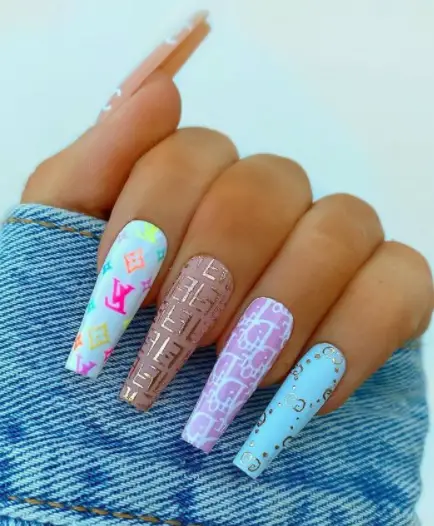
Acrylic nails are the most durable of the three alternatives, but they’re also the heaviest. These comprise a monomer, an acrylic powder that is known to generate a strong-smelling “dust.” It’s no secret that applying nail extensions produces a lot of fumes.
Pregnant women must not use Acrylics because the substances used to make them may offer significant health hazards. When it comes to acrylics, your natural nails might suffer a lot of damage from the pre-treatment preparation through the removal.
To provide a hard texture for the acrylic to cling to, you must file off your natural nail, which weakens it. A 10-15 minute dip in acetone is all that is required to remove acrylics.
On the other hand, this unpleasant substance has been related to headaches and the weakening of the nail bed. When the acrylics are removed, you’re usually left with fragile nails that require immediate attention.
Gel Nails
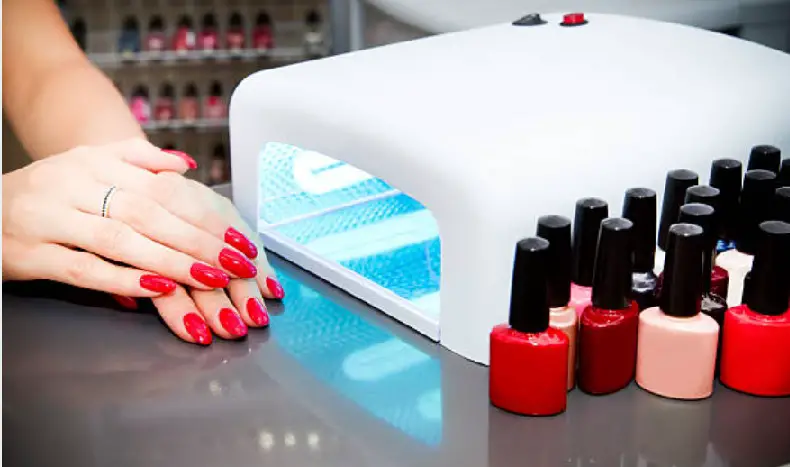
Gel nails are the lightest of the three alternatives. They’re a little more pliable than artificial nails, but they’re not as strong. Nails may get irritated due to the technique because they are polished to eliminate their natural gloss, so the gel adheres better.
Your nails may get thinner over time. It’s risky to remove them since you have to soak them in pure acetone, which dries out the fingers a lot. You may get infections as a result of improper practices. Because the nail splits at a far higher position, it increases the danger of nail fracture.
Also, if you think about going back to primary nail paint, experts claim it takes 6 weeks for your nails to heal fully.
Final Verdict
If applied and removed correctly by a professional, Polygel should not harm your nails. It is especially the case if you maintain your nails properly between manis.
Because of its straightforward, monomer-free application procedure, Polygel is even safer and healthier than gel and acrylic if you’re allergic to harsh chemicals.
The majority of harm occurs due to people failing to take the required measures when performing DIY projects.
Because Polygel is such a novel method, it may be challenging to locate nail technicians who have worked with it. Before visiting a salon, read reviews to ensure that previous customers had a positive experience.
Topic: Polygel Nails
- Do Polygel Nails Break Easily?
- How To Prep Nails For Polygel?
- How To Dry Polygel Without UV Light?
- Do You Need A Nail Drill For Polygel?
- How To Do Polygel Nails With Tips?
- Drying Polygel Nails – Everything You Need To Learn
- Polygel Vs Builder Gel – All You Need To Know
- Detailed Guide On Polygel Slip Solution Substitute
- How To Do Polygel Nails With Dual Forms?
- Can You Use Polygel Nails Without a UV Light?
- Can You Use Polygel On Bitten Nails?

